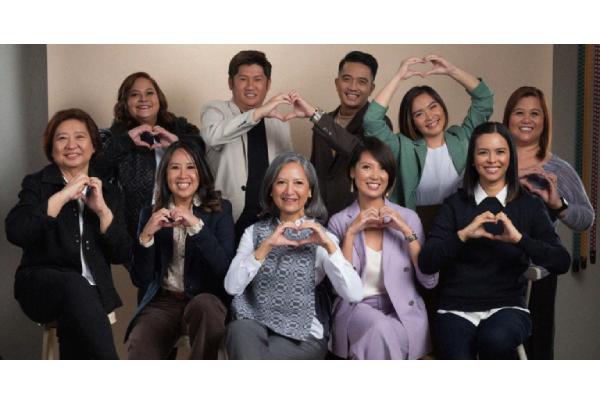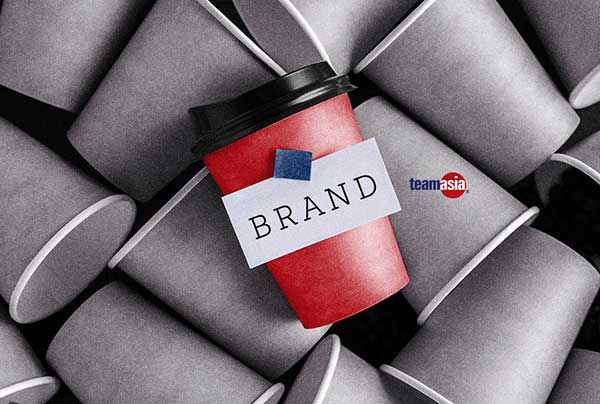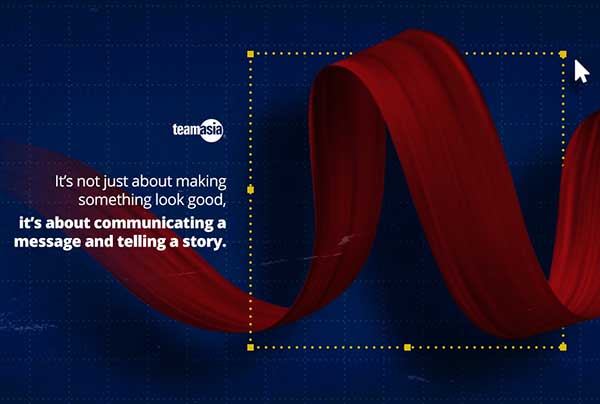Mondioring: A champion dog’s sport
FCI Asia and the Pacific Section Dog Show 2012 to feature mondioring event
(Manila, Philippines, January 20, 2012) – If you think some dogs are only good for fetching, eating, sleeping, and repeating; you might want to think again. Just like humans, dogs have an organized sport called “Mondioring” or “Mondio Ring”.
The Fédération Cynologique Internationale (FCI) developed and certified this dog sport in the 1980s. While mondioring is a new sport in the country, it is making itself known through events like the FCI Asia and the Pacific Section Dog Show 2012 being organized by the Philippine Canine Club Inc. (PCCI).
An internationally recognized organization advocating the responsible ownership and registration of pedigreed dogs in the country, PCCI will showcase six all-breed competitions and as well as a mondioring demo on February 24 – 26 at the SMX Convention Center, Pasay City. Meanwhile, the mondioring trials will be held on February 17 and 19 at the Ayala Alabang Country Club polo field.
“PCCI is honored to feature the world’s best purebred dogs this year in various competitions as well as the exciting sport of mondioring during the FCI Asia and the Pacific Section Dog Show 2012,” said PCCI president Augusto Benedicto Santos III.
Obedience, agility, protection
According to Carl de Leon, secretary of the Philippine Mondio Ring Association, Inc. (PMRAI), “Mondioring is a protection dog sport. What makes it different is it demonstrates the dog’s discipline.”
In mondioring, there are three categories that dogs must go through: obedience, agility, and protection categories. These have to be done without a leash and handler’s touch. The obedience category highlights the dog’s focus on a task despite distractions.
Obedience tests require the dog to heel for one minute; hold sitting, standing, and down positions, food refusal then retrieval of the judge’s chosen object. Erring is sometimes inevitable, and the more commonly seen fault in this category is the double command. The handler is supposed to signal only once. Any more than that is a deduction.
The dog’s willingness and dexterity are put to the test through a series of jumps in the agility course. There are three types of jumps: palisade, hurdle, and long jump.
The last category of the competition involves the dog’s ability to distinguish when and where it needs to attack then defend itself or the handler. A trained mondioring decoy takes charge and assesses the dog. The decoy will try to distract and take away points the whole time the dog is biting. A common fault during this test is the recalling, or when the dog ignores the handler’s signal to stop biting. Deductions are made for every second that passes.
German Shepherds and Belgian Malinois usually dominate the mondioring scene, but de Leon goes against this trend, and is the only one in the Philippines who trains an American Bulldog. “If German Shepherds and Malinois require only one-step instruction, you will need two steps for the bulldog. And you can’t expect a bulldog to learn as fast as the dominating dogs. Treat the bulldog like a bulldog,” de Leon says.
If you own a Shepherd or a Malinois, don’t be too quick to start training your dog since not all can be mondioring dogs. “It all depends on the dog’s drive, character and courage, and they are all supposed to be balanced,” de Leon explains.
“The dog shouldn’t be biting or ‘nanggigigil’ all the time. Trainers look for a calm and balanced dog.” And when it came to what age the dogs are supposed to start training, “Trainers have the eye to spot puppies with potential. The earlier the better, but training needs to be suited to the puppy’s age.”
Training champion dogs
The adage “you can’t teach an old dog new tricks” doesn’t apply to these trainers. As long as the dog has the right balance of character and is physically well, they can prepare it for mondioring. The sport can also easily transition the dog into more serious jobs like being K-9 dog, bomb sniffers, or rescue. “It depends on the handler. There are some dogs in the workforce that also do mondioring at the same time.”
Mondioring trainers are usually found in their offices and day jobs; de Leon is a data analyst when he is not in the field training his dog. “It takes a lot of hard work for a mondioring trainer to pass trials. There must be passion for the breed, and discipline for the dog and the handler,” says de Leon, “and training is a year-round event.”
To every challenge, there are tons of lessons, and de Leon elaborates on the top three from his mondioring experience. “First is to instill discipline on yourself and dog. Sometimes there are days where you don’t feel like training, but you must keep in mind that it’s a necessity. Then there is patience; there are dogs that are slow learners. Finally, you need to have passion for both the dog and the sport. One can’t be without the other.”
With this growing certified dog sport, the country can count on our dogs to bring home the doggy treat. For more information on the FCI Asia and the Pacific Section Dog Show 2012, contact PCCI via email at jojo_pcci@yahoo.com.ph or telephone number 721 8345 and 721 7152.
About the Philippine Canine Club, Inc.
The Philippine Canine Club, Inc. was organized on March 21, 1963, as a non-stock, non-profit service-oriented corporation for the purpose of promoting and encouraging the love for purebred dogs. The Club’s charter extends until year 2038 and authorizes PCCI to maintain a registry of purebred dogs or stud books and to conduct dog shows and competitions.
PCCI maintains a registry of regular and associate members, and of litters and kennel names. PCCI also issues registration certificates and certified pedigree certificates of dogs, and confers championship titles, obedience and field trial titles to qualified dogs. PCCI issues dog show judging licenses to qualified members for individual breeds, groups of breeds and all breeds of purebred dogs.





